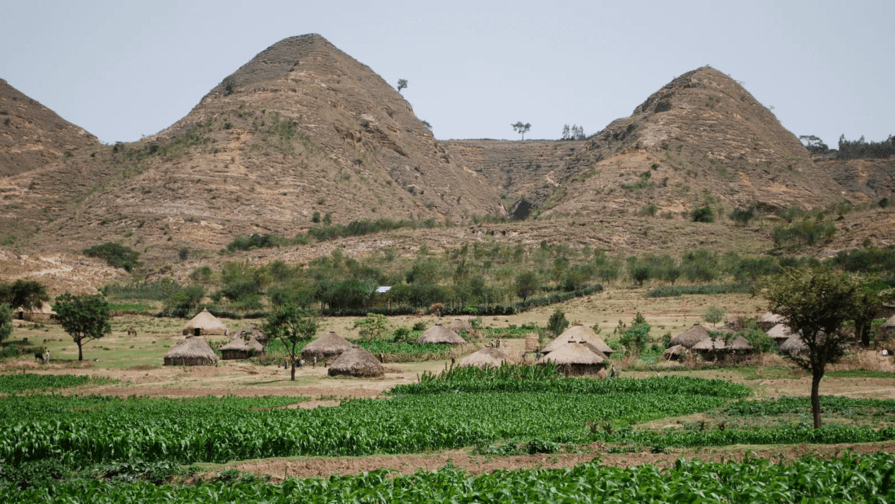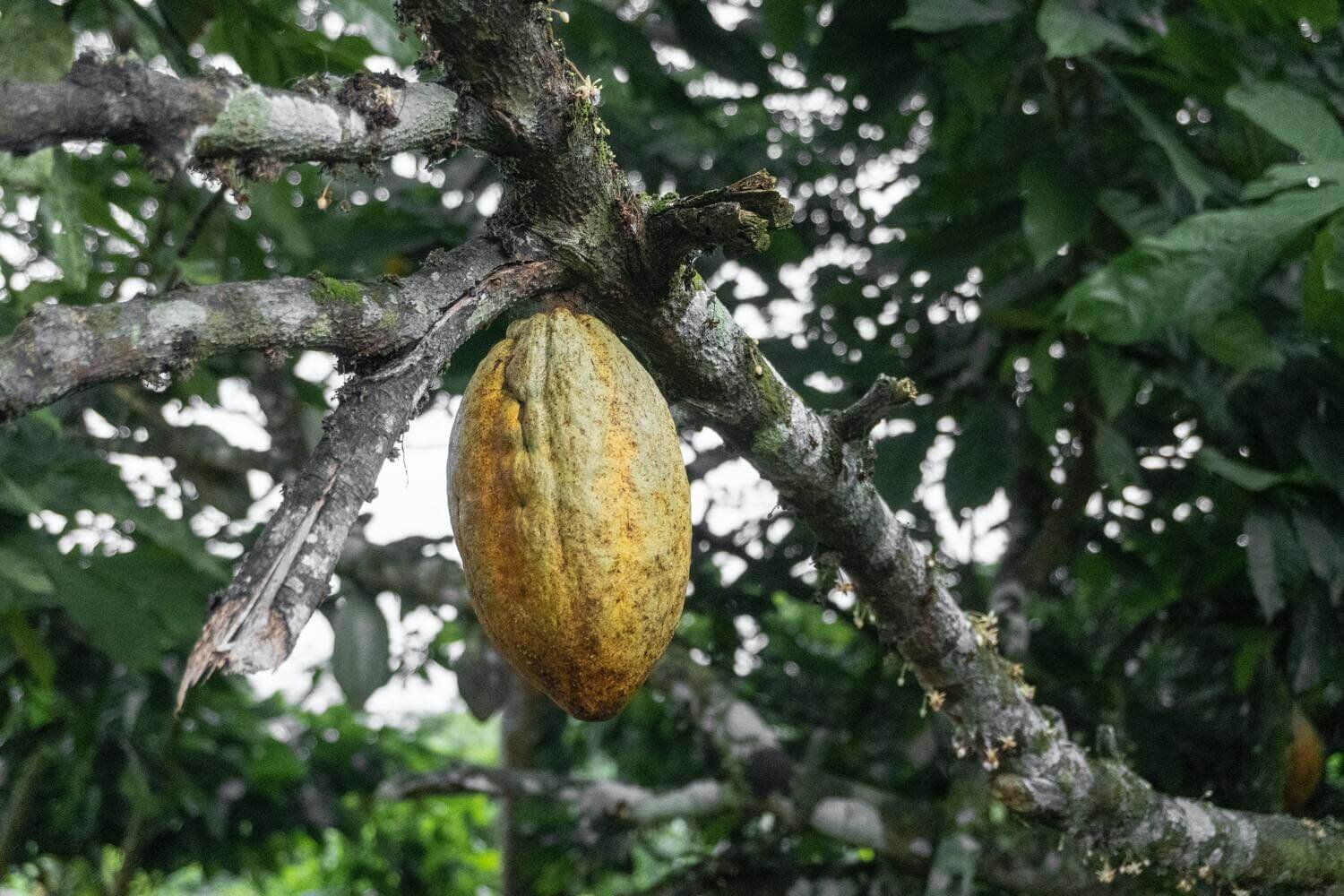Ethiopia: Reforesting a Country
Ethiopia, the land-locked country towards the Eastern edge of Africa, sits just above the Equator.
It has a population (at last count) of over 115 million people, making it the 12th largest country by population in the world, and lost a combined 428,000 hectares of tree cover over a span of just 20 years between 2000 and 2020.
428,000 hectares doesn’t mean anything to me. So to translate that, that is 4,280 square kilometres!
Which still doesn’t mean a whole lot to me either.
So to put that into perspective, if you imagine the UK, that is the same equivalent tree loss of the combined areas for Cardiff, Edinburgh, Manchester, Birmingham, Bristol and zone 1 on the tube map for London.
In just 20 years.
So why does this happen?
There are two main reasons for the national deforestation; survival and charcoal.
The survival part refers to those in rural communities who rely heavily on the land for their basic needs such as food (cooking it) and shelter (using it). More or less this is done sustainably, as it has for generations and generations of people before now.
However, deforestation for charcoal purposes is on a more industrial scale, proving ecologically unsustainable, and having far wider-reaching consequences.
Regardless, with nearly 25% of the country’s population living under the poverty threshold and surviving off the very land that surrounds them, fewer forests equal fewer places where humans can live sustainably.
So for communities alone, protecting the Ethiopian forests is vital.
What are we doing?
The project we are developing tackles these issues from all angles.
Not only are we planting thousands of trees to replace the forests lost over the past 20 years, we’re also supporting the employment of thousands of people across the country, whose livelihoods are now protected by way of fair wages, food security, shelter, and a secure future.
The reforestation model not only considers the region’s tree types, but also the specific needs of the communities affected.
So, where a community urgently requires food security, an agroforestry programme is introduced whereby the priority will be given to planting in a way that restores degraded ecosystems.
One example would be Cacao trees - one of Ethiopia’s most valuable, high-yielding, plant species which, counter-intuitively, love growing in shade. So agroforestry trees planted will serve to protect cacao plantations from direct sunlight, ensuring they are in their ideal environment for a high yield of their crop.
So…
the trees planted in this project will be planted in such a way that they:
Protect crops from weather conditions such as too much sunlight*
Enrich the soil and improve the fertility of soil
Protect the land from erosion
Attract insect biodiversity for pollination of fruits & crops
Sustain local communities
Meaning forests are protected, people are protected, and our planet’s future is protected 💚





